“Cak! Cak! Cak cak cakcakcakcakcakcakcak…,” when you hear that sound, it means that Kekac dance performance has begun in Pura Uluwatu Temple. Along with Barong and Janger dances, Kekac is an icon of Balinese performing art. It is one of the “must see” things once you get to the island.
The origins of Kekac dance
Not known exactly where Kecak dance originated and which was first developed, but there are some kind of agreement on the Balinese Kecak, as additional knowledge Kecak was originally a song or music that is resultant from a combination sounds that make up melodies that are usually used to accompany the sacred dance Sanghyang. And can only be staged in the temple. Then in the early 1930s by artists from the village of Bona, Gianyar trying to develop a Kecak dance by taking the story of Ramayana who danced as a substitute for Sanghyang Dance so this dance could eventually be displayed in public as a performance art. Part of the Ramayana story in which the first is taken as Goddess Sita was abducted by King Ravana (Rahwana).
Kekac’s origins are not known for sure, yet there’s a certain agreement that it was first developed into a performing arts in the village of Bona, Gianyar. At that time the dance could only be performed in the temple as the dance was rooted in an old ritual dance called sanghyang or trance dance. In sanghyang dance, a person in a state of trance communicates with the deities or ancestors. The dancer acts as a medium to communicate the deities or ancestors’ wishes. In the early 1930s artists from Bona developed further the Kekac dance by taking the story of Ramayana who danced as a substitute for Sanghyang Dance. Therefore, this dance could eventually be displayed in public as a performance art.
Kekac dance routine
The routine as seen today is performed by a group of around 40-60 men bare-chested, swathed in the distinct Balinese sarongs (black-and-white checkered fabric). They enter the stage chanting “cak” in organized rhythm and harmony while raising their hands to the sky and stomping their feet.

What makes this dance particularly unique is that the drama uses no artificial backdrop, no musical instrument. The concentric circles of men sitting cross-legged around a set of torches in the center form a chorus that continuously chant “Cak! Cak! Cak!” or “Keh-Chak” in polyrhythmic sounds during almost the entire performance. In other words, they perfectly imitate the sounds of “gamelan” orchestra which usually accompanies other Balinese traditional performances.
In Bali, as in other parts of the world, a traditional dance is more than just an art form. It’s an expression of gratitude, a way to thank the gods for all their blessings and kindness. There are dozens of different dances – all part of the fascinating Balinese cultures. I was especially impressed with the way the hand movement of the dancers and the way it harmonizes with their face expressions. And it’s impossible not to be dazzled by the beauty and intricate embroidery of the costumes. You can see this in some of the pictures I had taken.
There are many things I liked about Kecak dance in Uluwatu, yet what I most loved about Kecak, is not just the tens of voices harmonizing in one impressive “Cak! Cak! Cak! Cakcakcakcakcakcakcakcak…” song, the masks, the make-up or costumes, the talent of the actors and actresses, but most of all I loved the meanings, the deep-rooted symbols of Hindu mythology.
Rama and Sita – the lovers
The story is a fragment from the Ramayana, the Hindu epic which finds its expression in many forms, not only in dance, but also in painting and carving. It’s a story about good overcoming evil.

Princess Sita, Rama’s beautiful wife
Rama is King Dashratha’s eldest son and heir to the throne of the kingdom of Ayodya. He marries Sita, a beautiful and graceful princess. Bharat, Dashratha’s wife and mother the mother of his eldest wants her son to inherit the throne. As a result of trickery Dashratha is compelled to exile Rama, Sita and Lakshman (Rama’s brother) and make Bharat successor.
For years Rama, Sita and Lakshman make their home in the forest in a little cottage – a perfect refuge for them in their banishment. But their quiet life ends once day when the demon king, Rahwana (or Ravana) tries to kidnap Sita. He tries all sorts of tricks to take her away from his beloved husband until he finally succeeds it. He takes Sita to his home island called Lanka.
Garuda and Rahwana
Disguised as an old man, devil king Rahwana, King of Alengka, tries and succeeds to kidnap beautiful princess Sita, but only using an old trick. He disguises himself has an old priest and begs Sita for some food as he is cold and hungry. Sita falls for for his trick and Rahwana grabs her and takes her to his palace. Once back in his palace in Alengka, Rahwana tries everything he can to seduce Sita, but without any luck.

Rahwana, the evil king who kidnaps Princess Sita
In Hindu epic Ramayana, Rahwana or Ravana is presented as as the Rakshasa (demon) king of Lanka. He is a great scholar and follower of Shiva, but wished to overpower the benevolent supernatural beings (Devas). In our story, as well as in Ramayana, Ravana kidnaps Rama’s wife Sita to exact vengeance on Rama and his brother Lakshmana for having cut off the nose of his sister Shurpanakha.

Garuda, the King of Birds
Garuda, the bird-king is one of those trying to stop Rahwana to steal away Sita and he’s wounded. This is extremely symbolic as Garuda represents the mount (vahana) of the Lord Vishnu. He drives away evil spells, black magic influences, negative spirits and removes all poisonous effects in one’s body. Garuda is also known for being Lord Vishnu’s vehicle. The king of birds knows the secrets of death and the beyond. He’s a protector, a defender against all evils.
Hanouman, King of White Monkeys
Rama searched his wife for years, but he failed to find her until one day he crosses paths with Hanouman (or Hanuman) the king of white monkeys with his magic powers plays a major role in Sita’s reunion with Rama. He is the one who gathered an army of millions of monkeys and also the great bears to look for Sita. It took years, but thanks to Hanuman special powers (he could fly like a bird), he found where Ravana was keeping Sita, imprisoned on his island.
One of the most dramatic scene of the drama is is portrayed when Hanouman is captured by Rahwana’s troops and put inside a circle of fire to burn him alive. Instead of burning to crisp, the white monkey warrior remains unharmed and breaks out only to burn Rahwana’s palace instead. Although caught in the middle of the fire and injured, Hanouman survives.

Although caught in the middle of the fire and injured, Hanouman survives.
Hanouman, also known as Mahavira or Bajrangbali, is a Hindu god and an ardent devotee of the god Rama. Several Hindu texts also present him as an incarnation of the god Shiva. He is the son of Anjanaand Kesari, and is also described as the son of the wind-god Vayu.
As it always happens when evil fights against good, the latter wins, so our story all ends well. There’s a happy end for Rama and Sita, as they get back together thanks to Hanouman’s help and magic powers.
The fire of Kecak
Kecak Dance is not just one of Balinese artistic masterpieces in the form of a dance and musical drama, but a truly dazzling performance you definitely don’t want to miss.
It is regularly performed in many places all over Bali Island. However, the best place to watch this spectacular show is at the Pura Uluwatu. The dance can also be found at Tanah Lot, GWK Cultural Park, Pura Dalem Ubud, Padang Tegal Stage, Batubulan, Umadewi Stage, and more.
If you would like to find out more about Uluwatu Temple, I invite to read The Unexpected Lesson in Uluwatu Temple. For those who have not got to Bali yet, you can enjoy more pictures I took there.
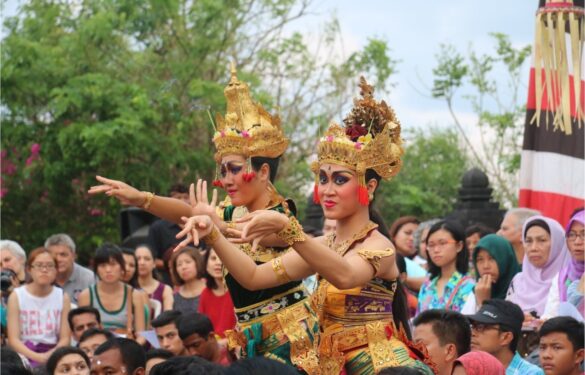
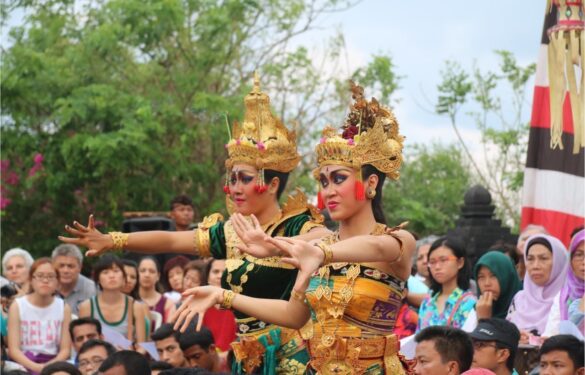
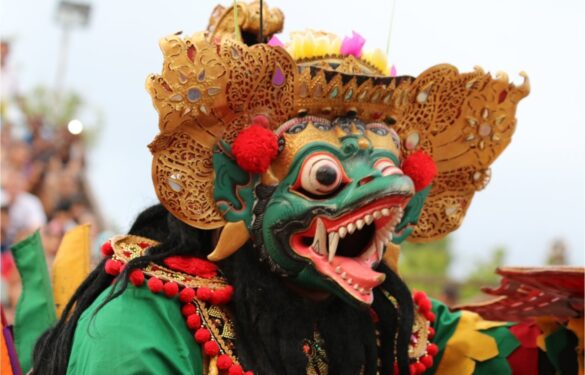
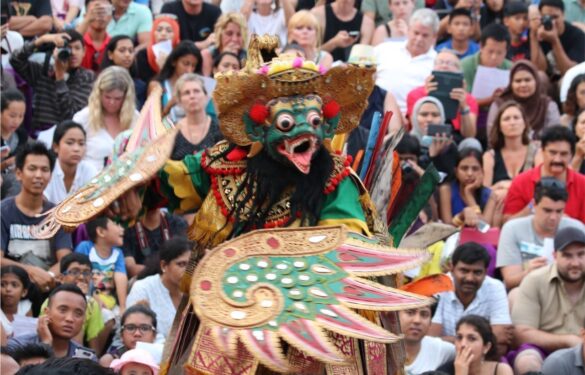
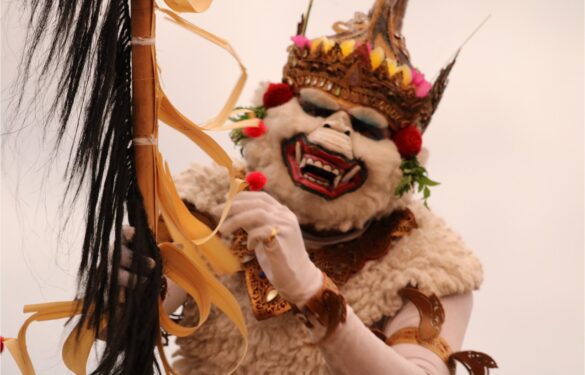
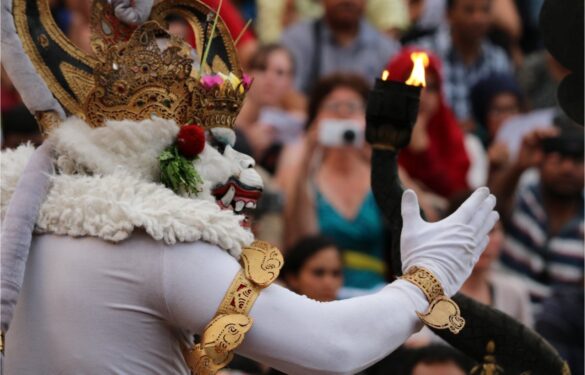
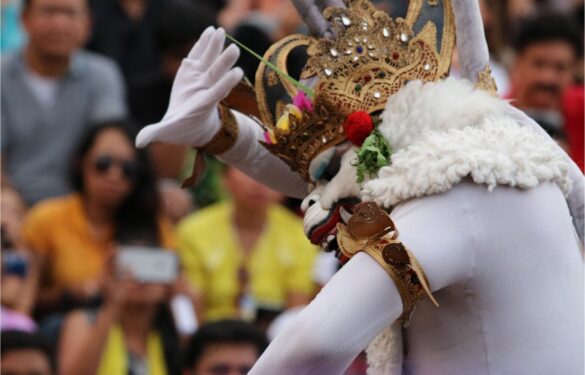
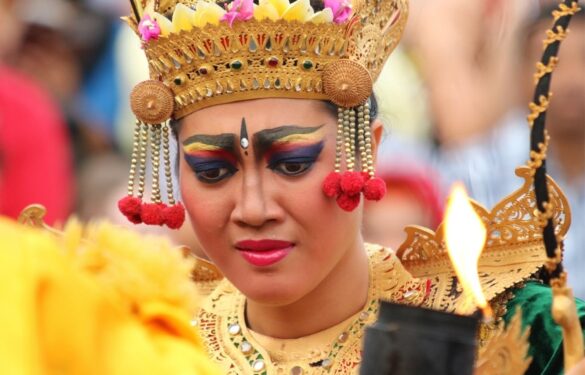
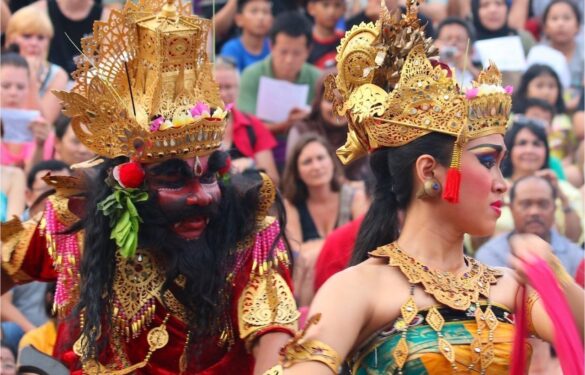


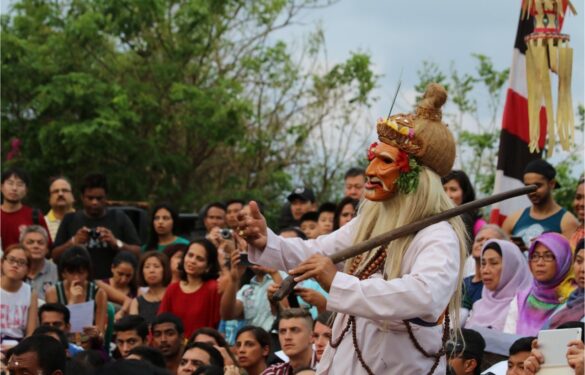
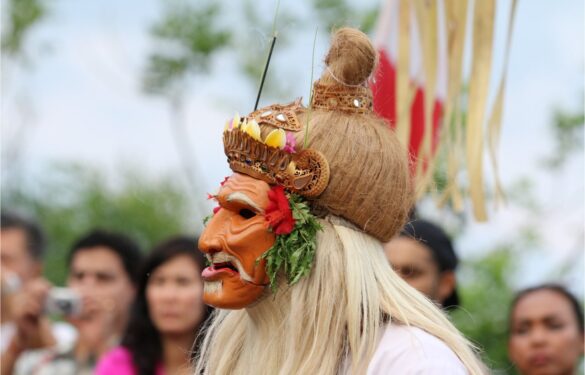
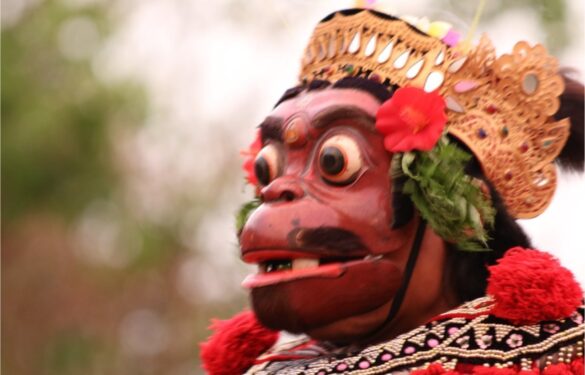
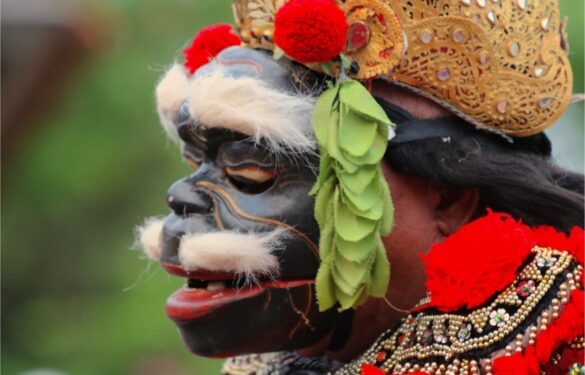
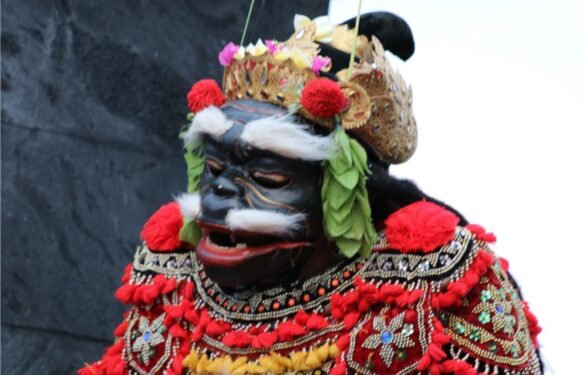
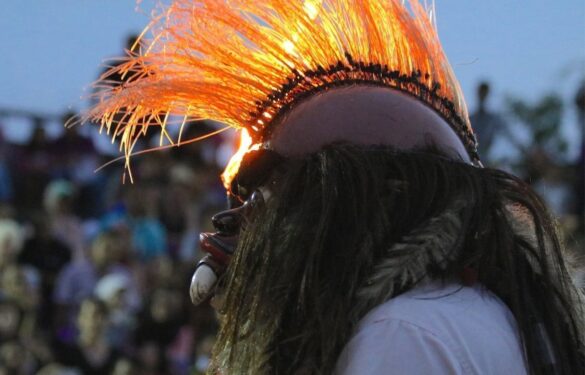
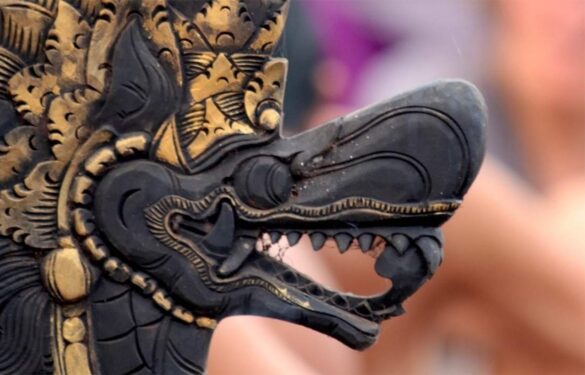

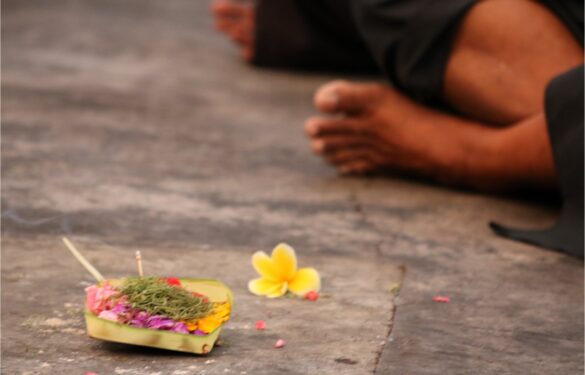




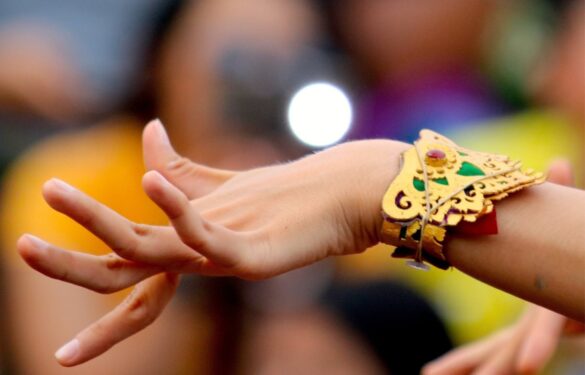


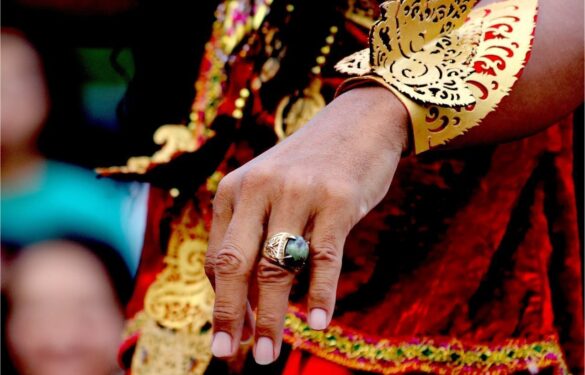
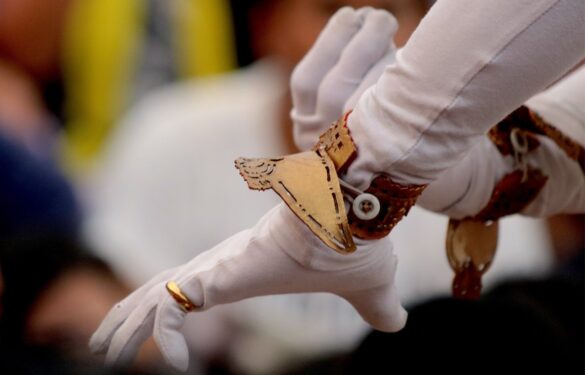
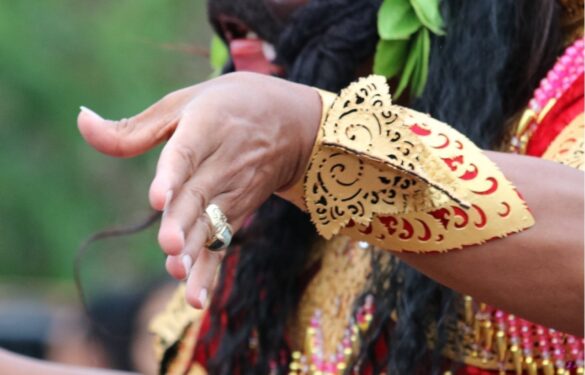


2 comments
Super poze! Datorită lor am fost şi eu acolo. Mulţumesc!
Multumesc! 🙂 Vor mai fi si alte povesti si poze.